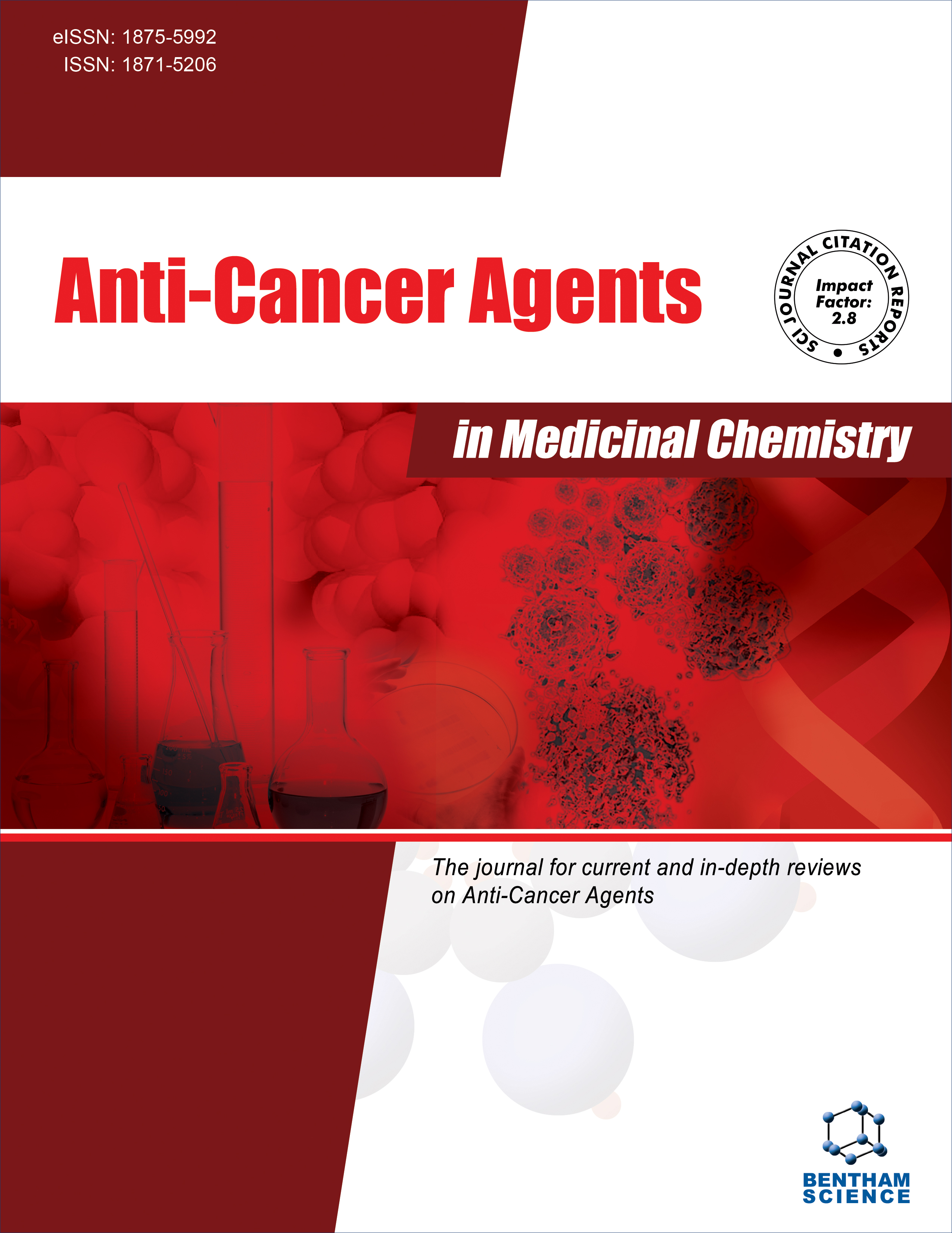
Full text loading...
Colorectal cancer (CRC) is the second-leading cause of cancer-related deaths. Curcumin has been reported to have suppressive effects in CRC and to address the physiological limitations of curcumin, a chemically synthesized curcuminoid analog, known as (2E,6E)-2,6-Bis (2,3-Dimethoxy benzylidine) cyclohexanone (DMCH), was developed and the anti-metastatic and anti-angiogenic properties of DMCH in colorectal cell line, SW620 were examined.
The anti-metastatic effects of DMCH were examined in the SW620 cell line by scratch assay, migration, and invasion assay, while for anti-angiogenesis properties of the cells, the mouse aortic ring assay and Human Umbilical Vein Endothelial Cells (HUVEC) assay were conducted. The mechanism of action was determined by microarray-based gene expression and protein analyses.
The wound healing assay demonstrated that wound closure was decreased from 63.63 ± 1.44% at IC25 treatment to 4.54 ± 0.62% at IC50 treatment. Significant (p < 0.05) reductions in the percentage of migrated and invaded cells were also observed in SW620, with values of 36.39 ± 3.86% and 44.81 ± 3.54%, respectively. Mouse aortic ring assays demonstrated a significant reduction in the formation of tubes and microvessels. Microarray and protein profiler results revealed that DMCH treatment has modulated several metastases, angiogenesis-related transcripts, and proteins like Epidermal Growth Factor Receptor (EGFR), TIMP-1 (TIMP Metallopeptidase Inhibitor 1) and Vascular Endothelial Growth Factor (VEGF).
DMCH could be a potential anti-cancer agent due to its capability to impede metastasis and angiogenesis activities of the SW620 colorectal cancer cell line in vitro via regulating genes and protein in metastases and angiogenesis-related signalling pathways.

Article metrics loading...

Full text loading...
References


Data & Media loading...
Supplements

